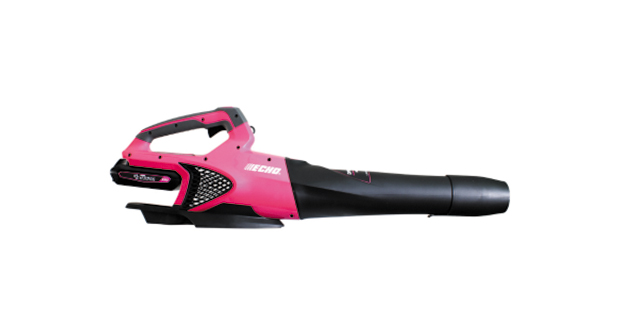There’s a popular saying among professionals that “proper care prevents wear and tear,” and this adage is relevant when maintaining spray equipment in the landscape and lawn care industry.
Prevent defense
An aggressive maintenance strategy is often the best approach for spray equipment. As a lawn care pro who applies multiple rounds of liquid fertilizers and pesticides throughout a season, Pat O’Bryan has his crews inspect and recalibrate their equipment regularly.
“The biggest (preventive maintenance practice) for us is our weekly calibration checks and wear inspections,” says O’Bryan, owner of Jamison Pest and Lawn in Cordova, Tenn. “As part of this process, the supervisor spends time with each guy and his truck going through it together.”
This process involves a five-gallon bucket and a stopwatch to determine gallons per minute. In addition, rigs are broken down, and every spray component is inspected for signs of potential failure, which are addressed immediately, while minimal wear is noted and addressed during rainy days, O’Bryan says.
“Addressing these issues immediately or on rainy days — even if they seem small — saves us a lot of hassle and headaches down the road,” he says.
Keep it clean
Applying a coat of wax to new fiberglass spray tanks to protect them from the chemicals they carry is crucial, says Donny Pitts, general manager of Graham Spray Equipment in Douglasville, Ga.
“Any time you’re filling or mixing chemicals, there’s a risk of dripping on the outside of the tank, which can stain if not rinsed off immediately,” Pitts says. “Applying a coat of good car wax — about once a month — helps protect that exterior and is a best practice for keeping it clean.”
Nozzles
Crews must bucket-check their spray nozzles, screens and strainers every day before deploying to their routes. This task ensures each sprayer applies the correct rate of liquid and is the first line of defense against clogs in suction lines and strainers.
“It saves the life of your spray rig and prevents your crews from returning to the shop (in the middle of the day) to address what should be a routine maintenance issue,” Pitts says.
Residue buildup
Every offseason, O’Bryan has his crews drain each spray tank completely. While most of the solid chemical residue comes out in the process, some stubborn sludge is left behind, which can cause issues if not completely removed and disposed of properly.
“Getting that gunk out of the bottom of a tank can be tough, but it’s vital that it’s done,” he says. “We want to start each season with those (spray) tanks fresh, and we don’t want that residue gumming up (spray) components.”
Fittings
According to Pitts, another critical maintenance technique is regularly greasing the spray rigs’ fittings.
“If it’s a mechanical agitation, (crews) must grease the fittings at least once a week,” he recommends. “Reels and swivels with grease fittings should be greased as soon as they see a drip come out of that swivel.”


